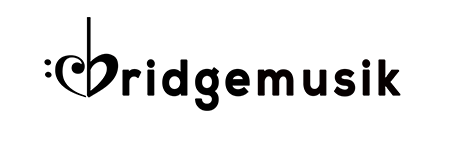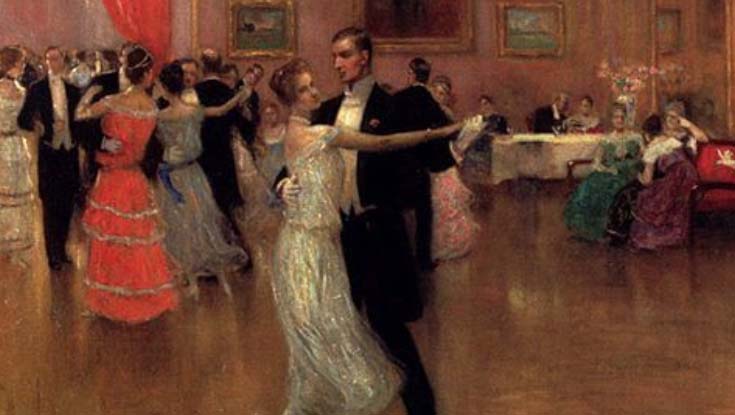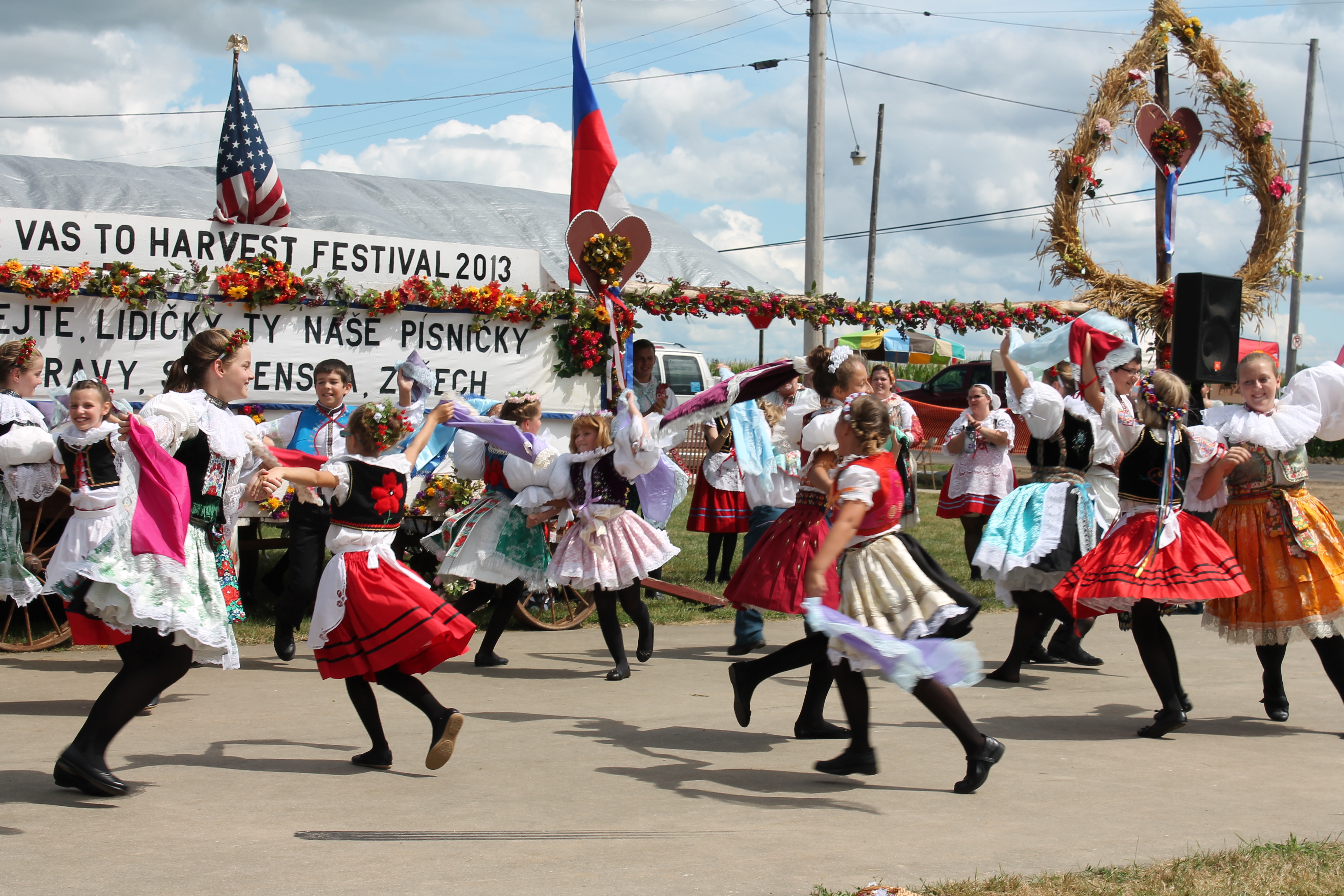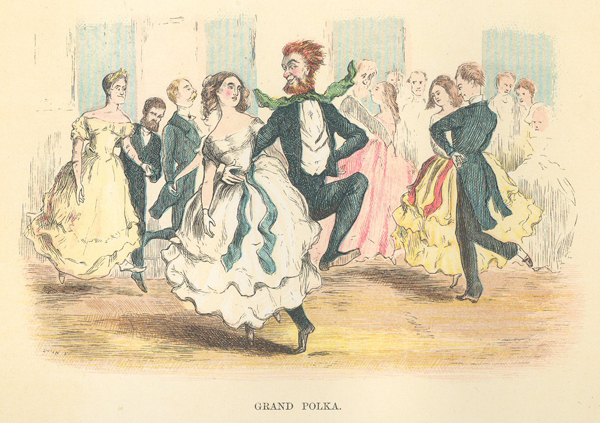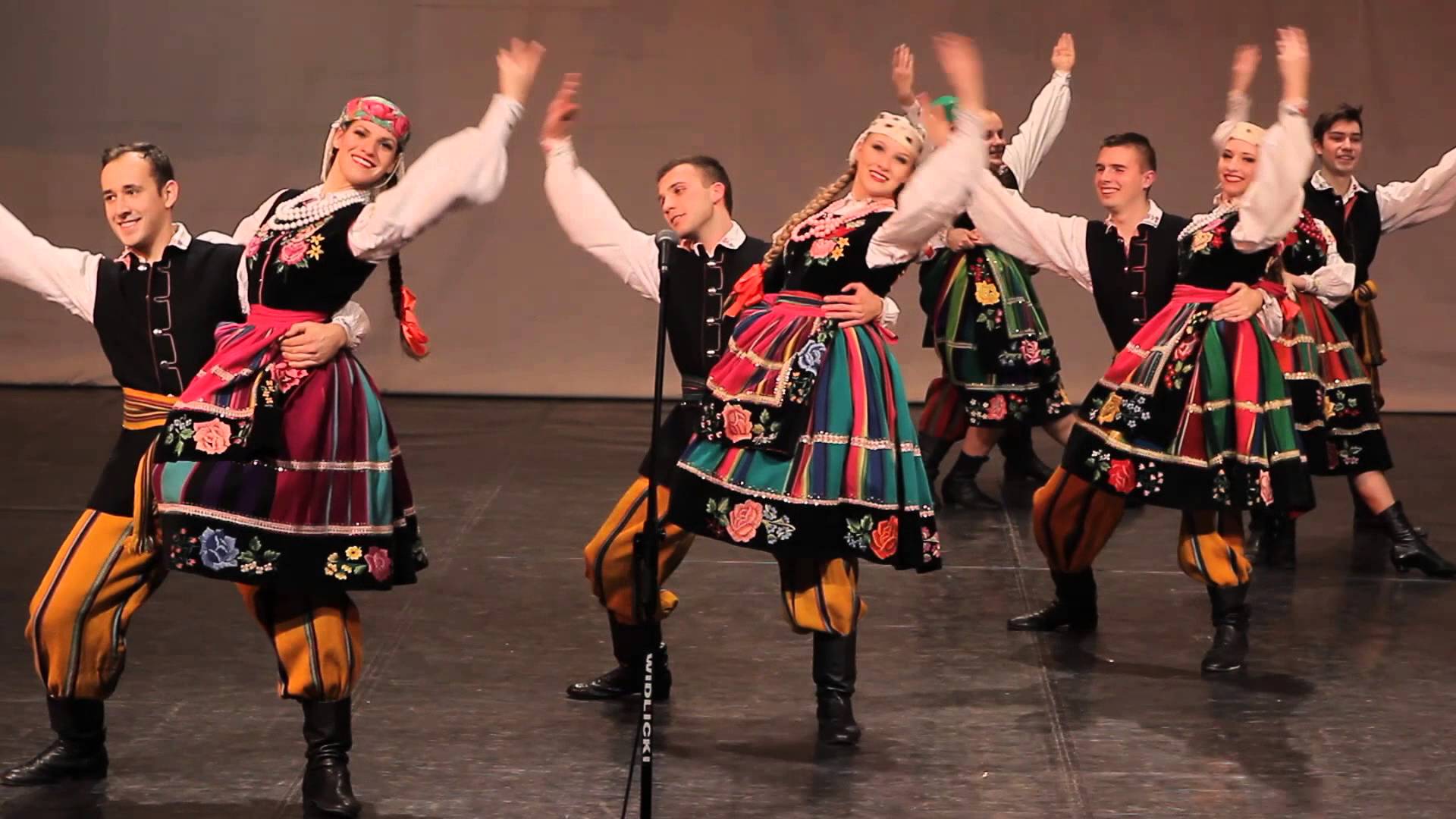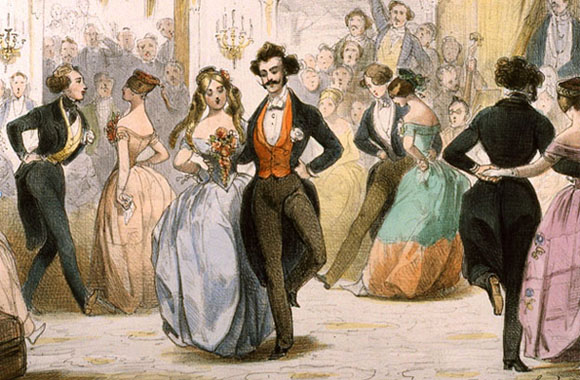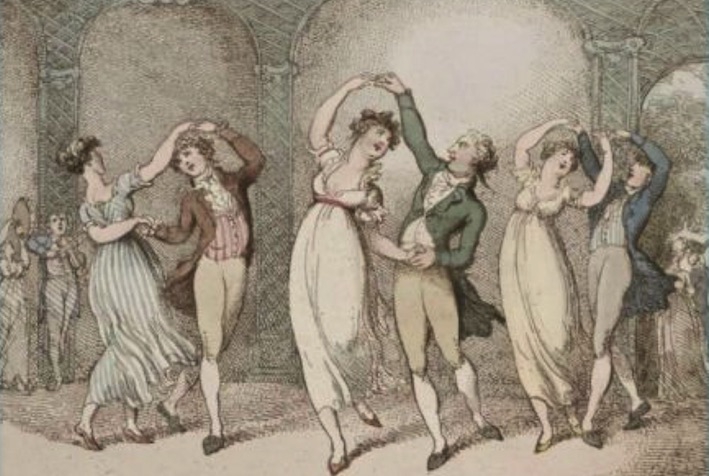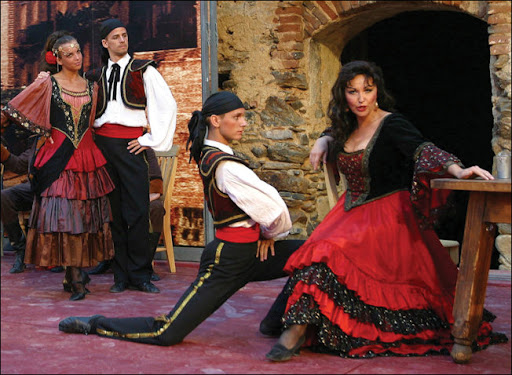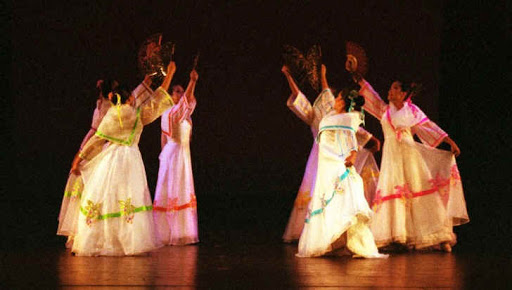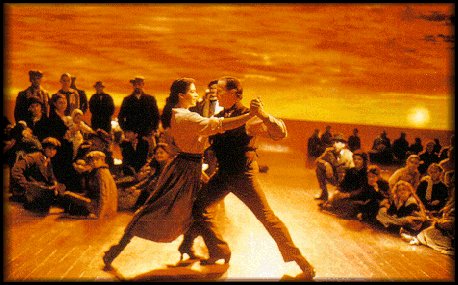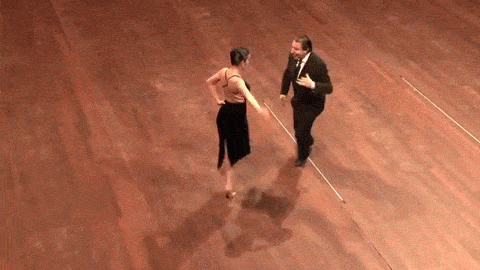Dances that influenced Tango
The tango came out of a fusion of different musical and dance traditions from around the world.
WALTZ
Waltz is a ballroom dance in ¾ time which was popular throughout the 19th century and through much of the 20th century. Composers such as Frederic Chopin, Tchaikovsky and Johann Strauss II were renowned for their waltzes.
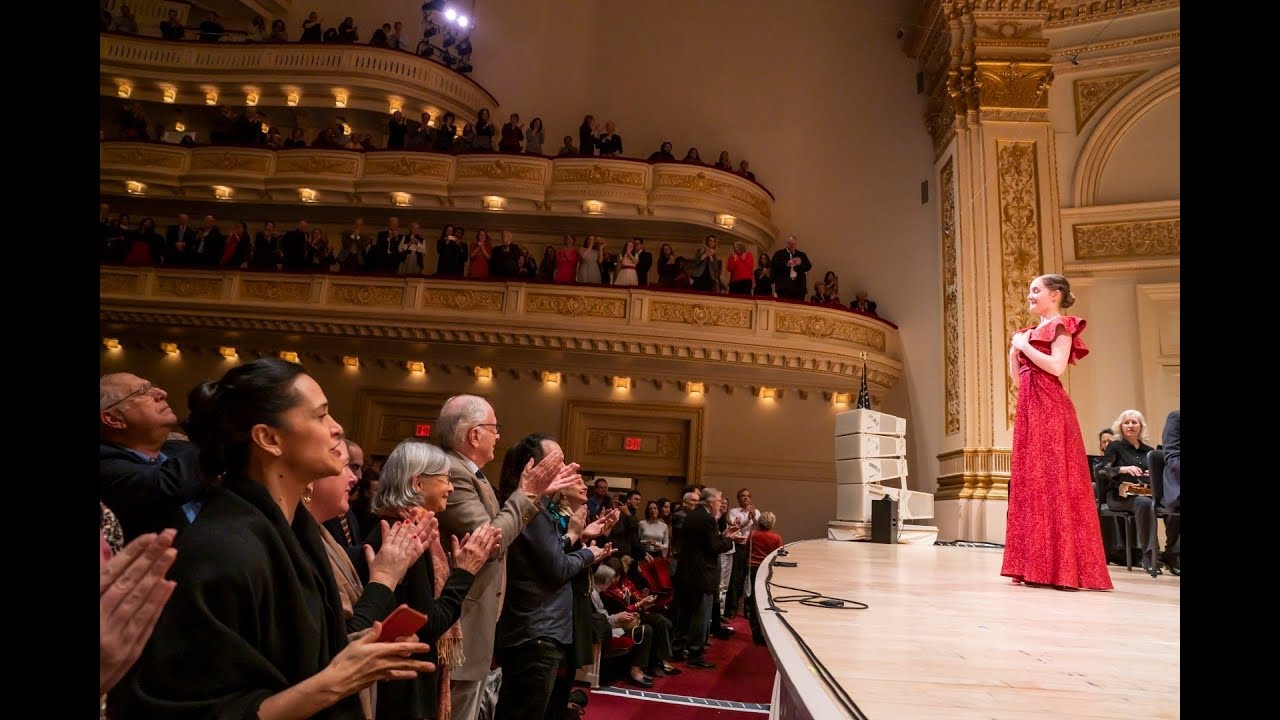
Siren Sounds Waltz
by Alma Deutscher
POLKA
Polka is a lively dance in 2/4 time which originated in Bohemia. The polkas became popular in the mid-1800’s in ballrooom dance and on stage.
MAZURKA
Mazurka is a Polish folk dance. It is characterized by dancers in circle formations, with heels clicks and stamping feet. The dance is in triple time with an accent of the second beat of each measure. It eventually became a popular ballroom dance across Europe and Frederic Chopin wrote many mazurkas for solo piano.
Both Martha Argerich and Vladimir Horowitz are legendary pianists. How do their interpretations differ?
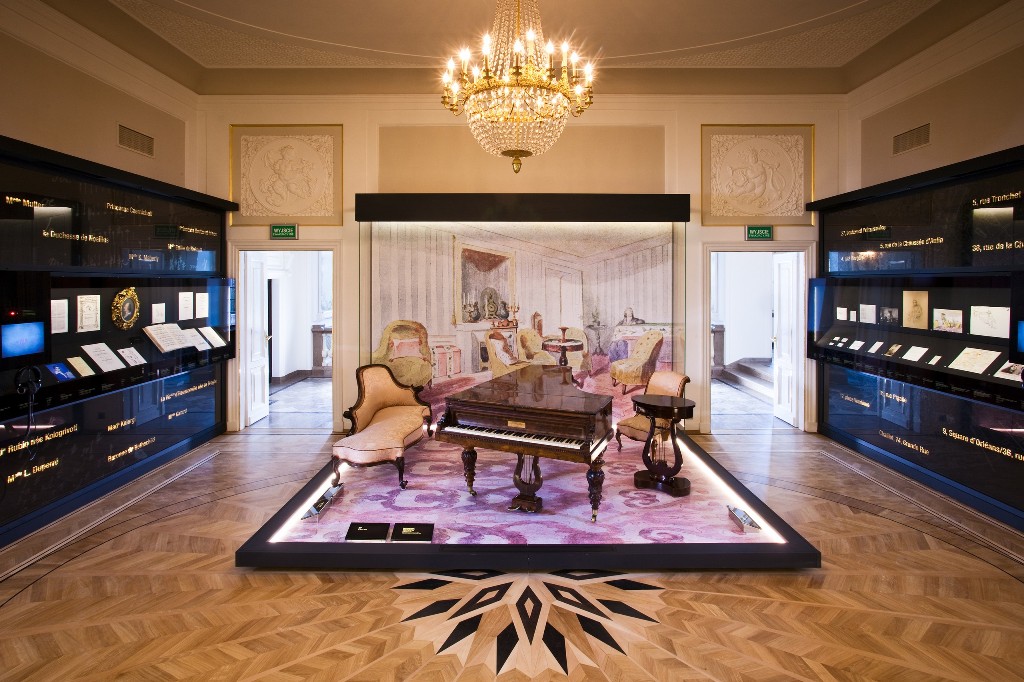
Fryderyk Chopin's Museum
HABANERA
The habanera is a traditional Cuban dance which was popular throughout Latin America. During the colonial times, Spanish ships had to stop in Havana, Cuba on their way to destinations including Buenos Aires. The dance travelled widely and became popular throughout South America.
CANDOMBE
Candombe (can-dome-bey) is an African derived rhythm that has been an important part of Uruguayan culture for over two hundred years. The word Candombe literally means “place and dance of Africans.” The musical tradition evolved during the colonial era. Africans brought to Uruguay for slave labor used the rhythm of the tambores, or drums, to communicate with each other and defy colonialists.
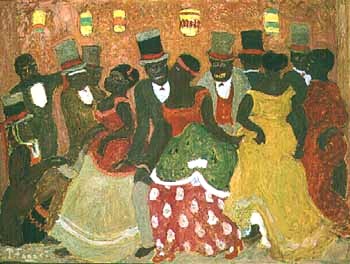
History of Candombe
The Tango was also popular in Uruguay. Listen to this performance of “La cumparsita” which was written in 1917 by Uraguayan composer Gerardo Matos Rodríguez. This performance is by an ensemble with three bandoneons playing.
ARGENTINE TANGO
The tango is a musical genre which originated in the Rio de la Plata areas
of Argentina and Uruguay. It was very popular beginning in the 1870s.
Below is a famous dance scene from the 1998 movie “Tango” which depicts the great wave of immigration to Argentina in the late 19th century.
The film features renowned Argentine tango dancer Juan Carlos Copes. Copes was a leader in the creation of choreographed tango productions and
he contributed to the revival of the tango in the second part of the twentieth century.
MILONGA
The milonga dance is a faster dance and often more humorous dance than Tango. It originated in the region of e Río de la Plata in Argentina and Uruguay and has served as a precursor to the popular Tango music which was first danced in the poorer neighborhoods of the Buenos Aires and Montevideo. Milonga as a style of music reached the height of its popularity in the late 19th century (more precisely around the 1870s).

